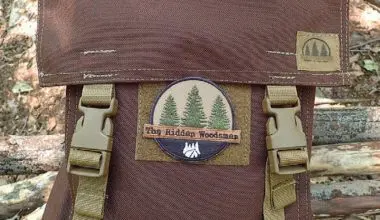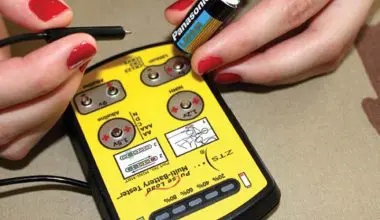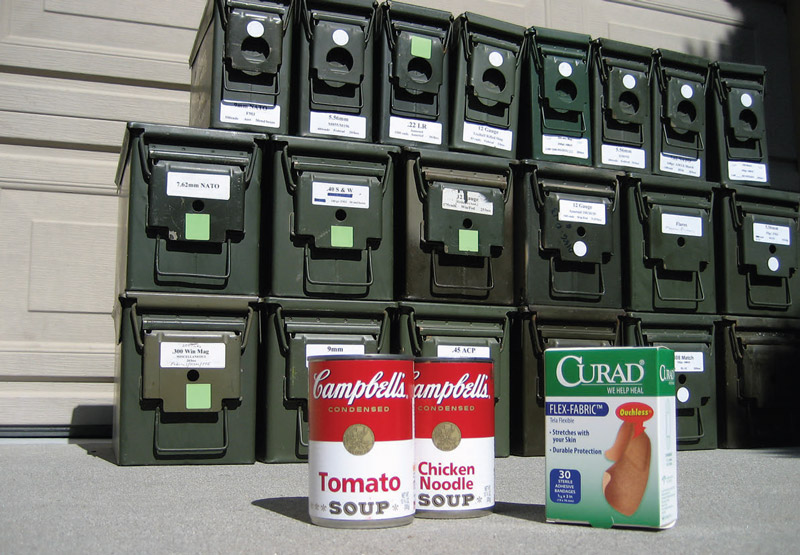
Table of Contents
Storage Equilibrium
THE Obama-fueled gun, magazine, ammo and components famine is finally abating somewhat. On several occasions, as I watched people literally run to get in line for ammo sales at local gun shows, I had to shake my head and wonder what “plan” these folks used to prepare for real emergencies.
If you’re waiting for the last minute to start getting ready, you’re way behind the power curve. With that in mind, here are a few ideas on how to approach emergency preparedness stockpiling with a common-sense plan that covers all the bases.
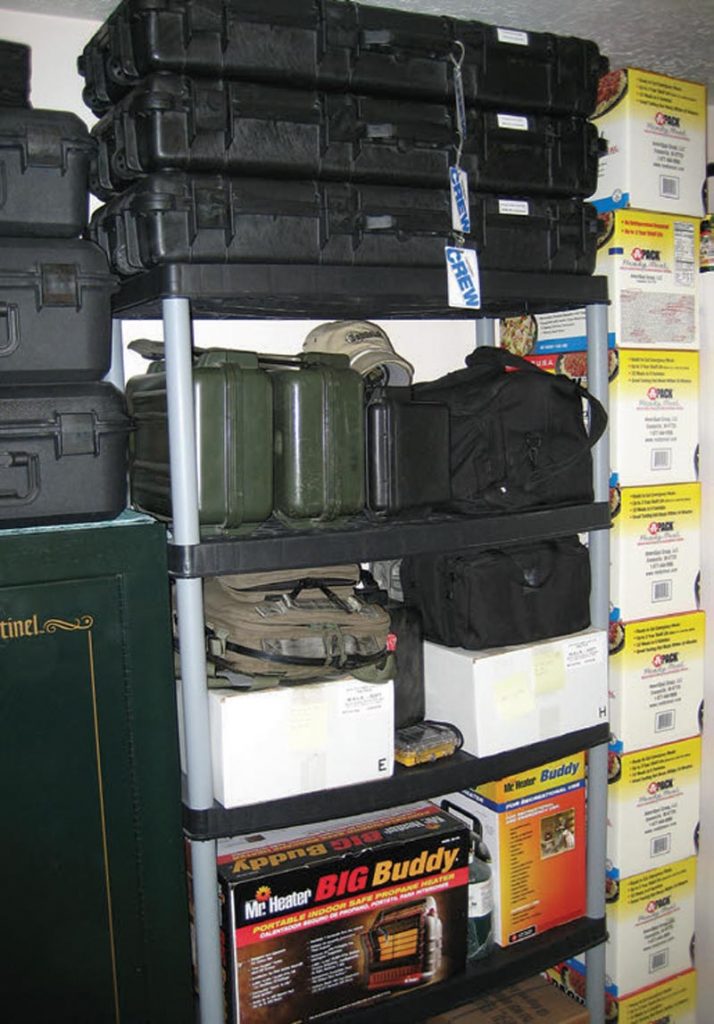
I have many friends who believe in the wisdom of having some emergency preparedness supplies. Many have proudly displayed case after case of ammo, but when questioned admit to having only one or two spare magazines and no spare parts for their weapons.
Or the “food storage guy” who has bags and bags of the staple hard red winter wheat but no stored proteins or condiments, and nothing that would be suitable for grab-and-go emergencies.
To be truly effective with our stockpile and emergency supplies, we need to have some storage equilibrium when we assemble our stash.
IDENTIFYING THE SUPPLY CATEGORIES
When we start our emergency preparedness storage, it’s easy to stock up on the cool stuff. It’s even worse when you’re a certified gear addict like some people I know (overcoming denial is the first step toward healing, right?). How do we identify the things we really need to stockpile and make sure we have adequate supplies in each critical category?
One way to ensure this storage balance is to make a list of major categories like food, clothing, and shelter, then narrow each of those down to sub-categories and individual items that will allow you and your family to maintain some sense of normalcy in an extreme scenario or disaster.
Remember to consider the special needs of infants and young children, elderly family members, and pets. All will have specific requirements that may be hard to meet if not planned for.
Don’t forget to consider friends and neighbors who may need assistance. While every person has some responsibility to fend for themselves, my personal feeling is that I would assist others as warranted and that the “strength in numbers” concept is valid on many levels.
Additionally, the purchasing power and knowledge base attained when you join with others can greatly expand your capabilities and overall quality of life.
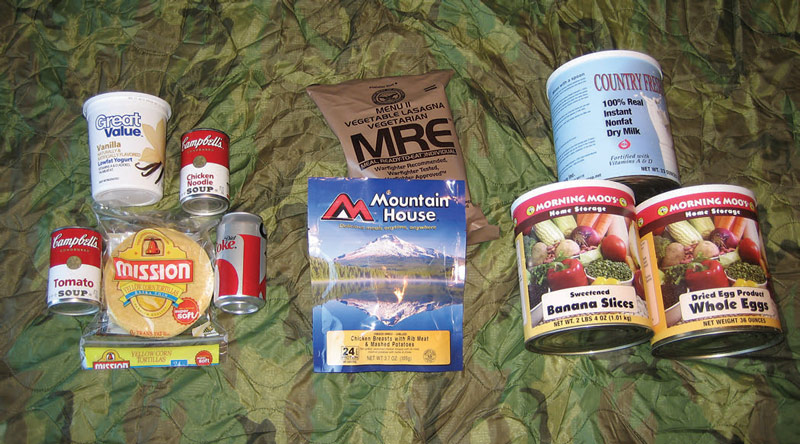
STORAGE CATEGORY BREAKDOWN
Major categories should be broken down into sub-groups so that you’re paying attention to all aspects of your supply needs. Examples include the medical category being subcategorized into first aid kits, prescription medications, overthe- counter medications, dental emergencies, and health supplements.
The weapons category can be subdivided into rifles (which could be further subdivided into specific categories and types), shotguns, handguns, and then further broken down for ammunition (both training and social) and support items, to include spare magazines, spare parts, manuals, etc.
Doing this exercise for each storage category will ensure you don’t miss that critical item or component that could make a huge difference in an emergency.
Let’s look at the food category and see how we can break it down in a detailed way to help us as we make our purchases and preparations for our storage plan. I use the sub-categories of: Normal Use (20%), Immediate Emergency Use (30%), and Long-Term Emergency Use (50%) to help me organize my food storage and try to keep a reasonable balance of the items in each category.
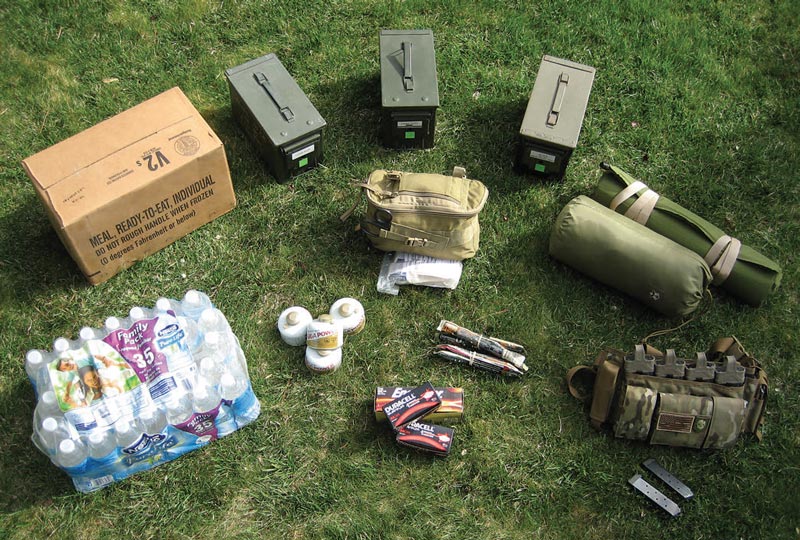
FOOD STORAGE
Normal Use
This is what you eat every day. Most of these foods require some preparation and are less suited for emergency rations. Use your weekly shopping list and supplies to back-fill the items you constantly use in order to keep your storage fresh. Placing the most recently purchased items at the back of the shelf helps maintain a constant rotation.
Many preparedness advocates recommend using a marker to label each item with either the purchase date or the use-by date so that stock rotation is even easier.
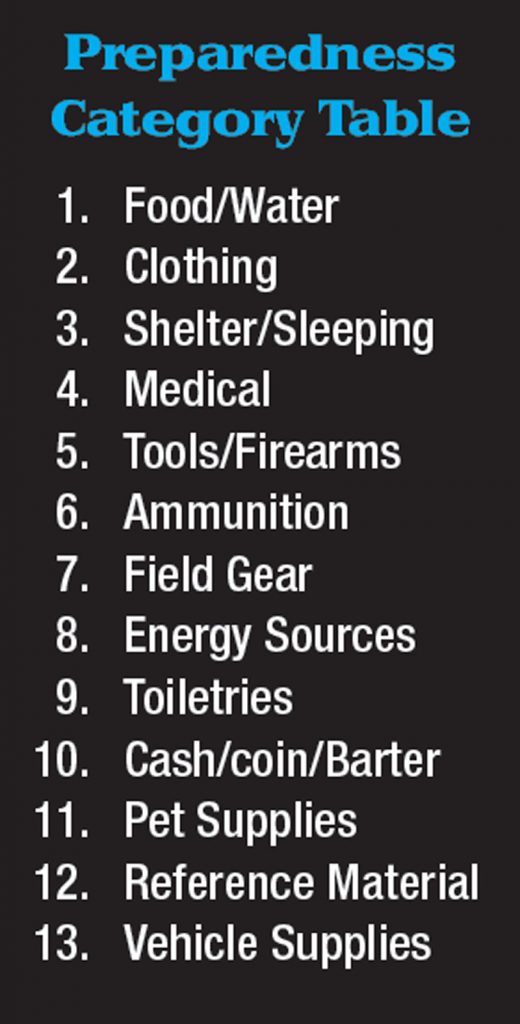 Immediate Emergency Use
Immediate Emergency Use
This is the grab-and-go category. These foods are ideal for a 72-hour kit and should require very little preparation. I limit this category to foods that can be eaten from the package or at the most require boiling some water to prepare. MREs, freeze-dried backpacking meals, instant oatmeal, and powdered soup mixes make up the bulk of this category. Having some spice and condiment packs from fast-food restaurants will enhance flavors and make these foods less boring and more palatable.
Long-Term Emergency Use
These are the #10 cans of dried foods, bags of wheat, rice, and beans—the long-term storage items from commercial vendors. These items require preparation and usually have a long storage life. However, it is still recommended that you use some of these on a regular basis to become familiar with their preparation requirements and to have a rotation process built into your supplies.
HOW MUCH IS ENOUGH?
I recommend taking a look at your high-use items, weekly shopping lists, and consumables that you use frequently, and plan purchases and storage accordingly. I also believe there is value in planning for the immediate worst-case scenario first, then building on it from there.
For many of us, the worst-case scenario is one that would require us to leave our homes with only what we can carry on our backs. Starting with that premise might serve you well and be easily added upon as additional funds become available.
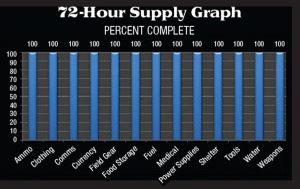 With that in mind, I take a three-day, twoweek, and six-month preparation time frame as my yardsticks for supply acquisition. The threeday or 72-hour kit is the most commonly recommended minimum amount of supplies to have on hand. The premise is that three days is the length of time it would take most local government entities to mobilize resources to aid with an incident that occurs locally.
With that in mind, I take a three-day, twoweek, and six-month preparation time frame as my yardsticks for supply acquisition. The threeday or 72-hour kit is the most commonly recommended minimum amount of supplies to have on hand. The premise is that three days is the length of time it would take most local government entities to mobilize resources to aid with an incident that occurs locally.
Two weeks might be a more realistic time frame for a federal response to a large regional or small national event, and the six-month time frame is in reference to a larger national or global event.
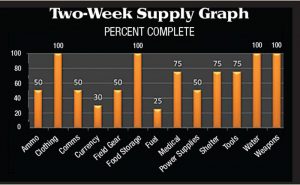 Certainly these preparations would come in handy in the event of a personal crisis such as loss of a job, an injury that prevents working after benefits have been exhausted, or any other untoward event that threatens family stability. Emergencies don’t have to be apocalyptic to be worthy of preparations.
Certainly these preparations would come in handy in the event of a personal crisis such as loss of a job, an injury that prevents working after benefits have been exhausted, or any other untoward event that threatens family stability. Emergencies don’t have to be apocalyptic to be worthy of preparations.
Don’t forget supplies and items that can be used for training purposes (though I suggest that if you’re waiting for the disaster to happen before you start to train, you’re again way behind the power curve).
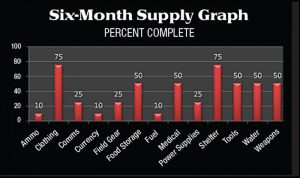 Save expired medical supplies for pets or practice, have ten times the amount of practice ammo that you have in “serious” ammo, and don’t scrimp on reference materials, specialty tools, and spare parts. Use these training supplies and replace them as needed.
Save expired medical supplies for pets or practice, have ten times the amount of practice ammo that you have in “serious” ammo, and don’t scrimp on reference materials, specialty tools, and spare parts. Use these training supplies and replace them as needed.
Many critical survival skills are perishable—if you don’t use ‘em, you lose ‘em. I’d rather be the guy who has a wide variety of skills, tons of training, and a little bit of gear than the guy with tons of gear and zero training!
USAGE CHARTS
I recommend doing an inventory of all your preparedness supplies and then creating daily and weekly usage charts to form an accurate estimation of your needs. Using those numbers, create a visual graph or ranking of your needs and plan purchases accordingly.
This process will make it easier to track your preparedness progress and facilitate routing resources and funds to the most needed items. Even a simple list is better than having no idea what your cumulative needs may actually be.
These graphs and lists should be your roadmap as you plan purchases for your emergency preparedness storage. And to be true to the premise of this article, I suggest that if you already have three “social” rifles for each member of the family, your next purchases should be geared toward those items at or below the 50% line: batteries, pet and vehicle supplies, etc.
The bottom line is to be as well-rounded with our storage items and purchases as we are with our other preparations. Storage and preparedness equilibrium is important.
Having a plan to follow for your preparedness acquisitions will bring peace of mind, a sense of self-reliance, and will help you become part of the solution, not part of the problem when an emergency arises.


